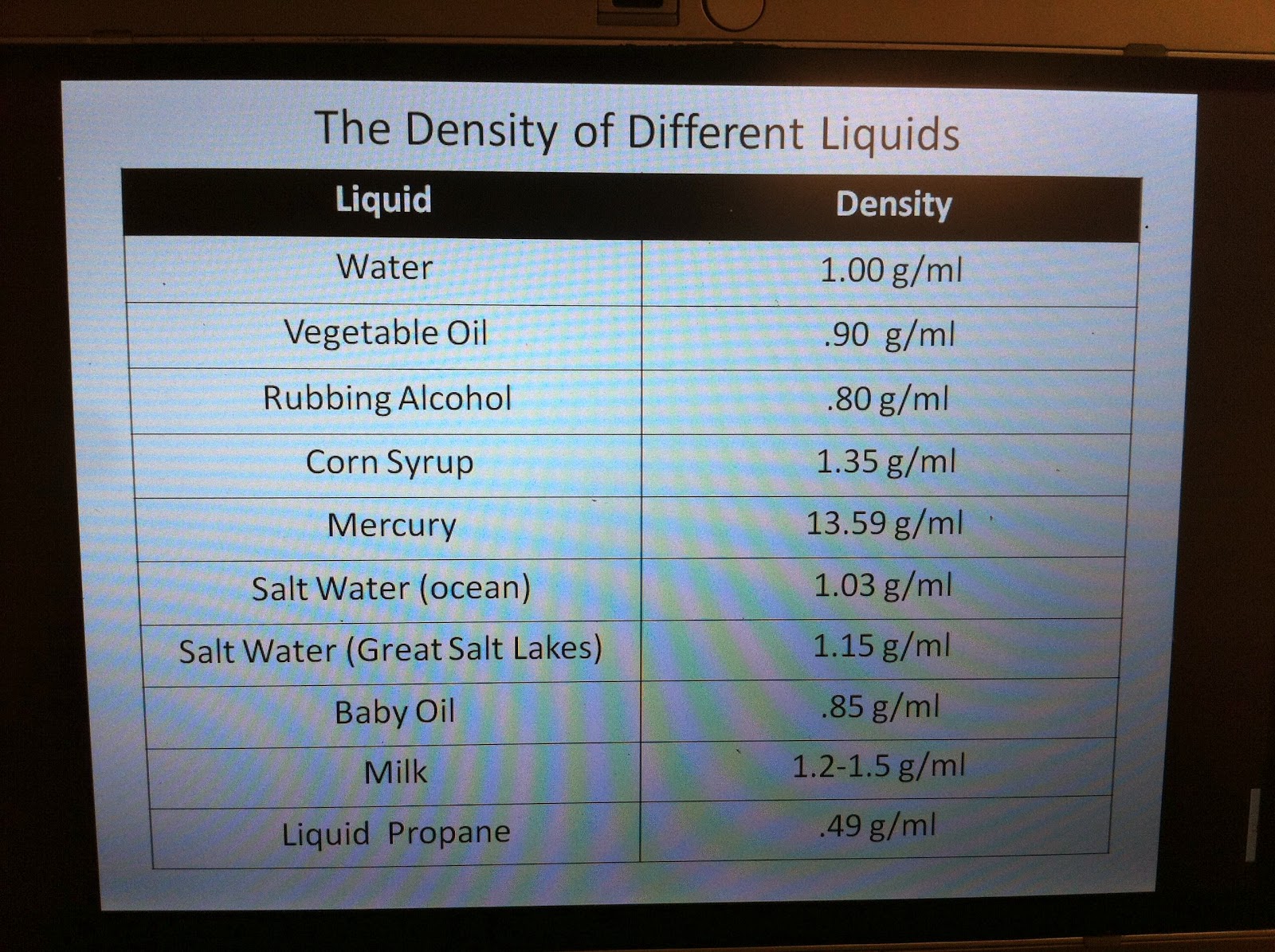

It changes slightly whether it is tap, fresh or salt water. There are other aspects which affects water's density. If water froze from the bottom up, then life never would have gotten the chance.

It is this same principle that scientists think helped life get started on Earth. This phenomenon, coupled with a low thermal conductivity of ice, helps the bottom of the lake stay unfrozen, so that fish can survive. The colder water stays at the surface and turns to ice. Because m W/g, the unit weight terms defined above can be converted to mass densities as follows: M/V. However, some references, particularly older ones, use the term to describe unit weight. In other words, density is the measure of the relative. The term density is used herein to denote the mass-to-volume ratio of the material. Since the water at 4 ☌ is the heaviest, it falls to the bottom of the lake. The mass density or density of an object is a scalar value, which is equal to its mass per unit volume. How's this important? It makes it much harder for lakes to freeze completely in the winter. However, at approximately 4 ☌ degrees, water reaches its maximum density. If you cool water from room temperature, it becomes increasingly dense. While the general rule is that as temperature goes up, the density lowers, water behaves differently between 0 ☌ and 4 ☌. However, we have a slight, but a super important anomaly when it comes to water. However, as with almost all materials, its density changes with temperature. If you know the density of the product as well as its weight in grams, you can find the volume of the ingredient in cups.Īllow us to throw in a bit of a curve ball here by reminding you that if you want to calculate the density of pixels on your screen, this is not the calculator your looking for, try this one.įor most purposes, it's enough to know that the density of water is 1,000 kg/m 3.

Sometimes people are looking to convert grams into cups. Plug in your result there, the tool will convert it into: If your unit is not there, you can use our density conversion calculator. If all you need is to convert between different units, just click on the units for density and select your desired units from the list. After typing these values into the density calculator, it will give you the result in kilograms per cubic meter. Make a note of the object's weight and volume. To make the calculation, you'll need to know a few other values to start with. The fastest way to find the density of an object is of course to use our density calculator. Or you can use our density calculator to make it a breeze! For example, a glass of water weights 200 grams net (not including the glass).


 0 kommentar(er)
0 kommentar(er)
